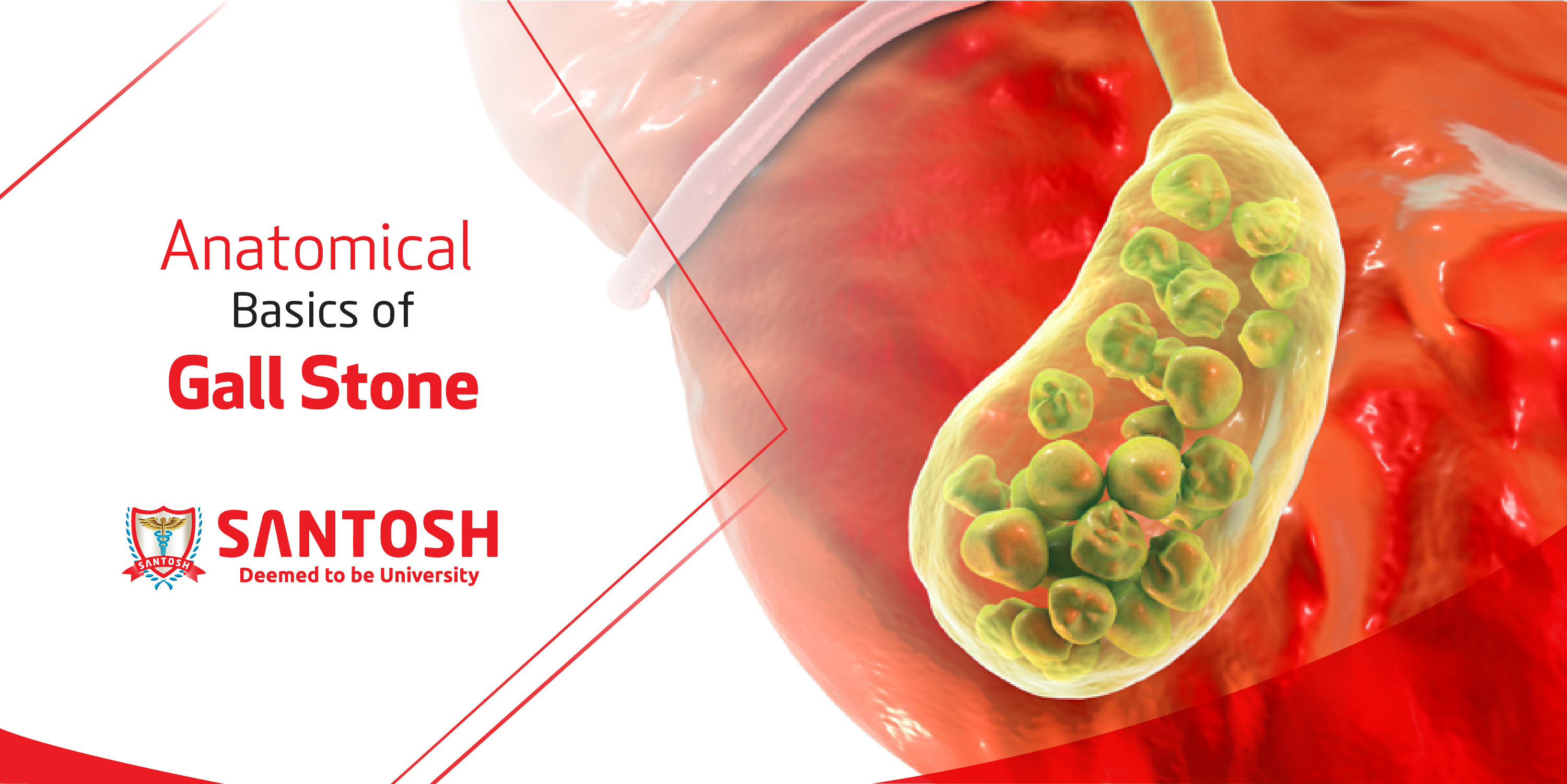
The gall stone disease (Cholelithiasis) is a very common entity, being more prevalent in females. Its prevalence is more common in western world than in Asia. Its presentation is very rare in first two decades, particularly in children.
The stones vary in size from tiny sand granules or small pebbles to a small single stone or a large single stone of the size of a golf ball.The incidence of any large sized stone more than 5cms is known to be very rare.The Gallstones are coagulated bile formed due to super saturation of any of its solute contents. The bile consists of 92% of water and 8% of solutes which include cholesterol, bile salts and bilirubin predominantly. Any one of the solutes exceeding its maximum solubility precipitates and leads to stone formation. The gall stones are classified as cholesterol, pigment and mixed stones.(4) Various predisposing factors responsible for gallstone formation are: intake of rich fatty diet, females, obesity, elderly population, diabetes mellitus type 1, intake of oral contraceptives, alcoholic cirrhosis, rapid weight loss, spinal cord injury, haemolyticanaemias etc.
Certain anatomical/genetic factors playing a vital role in stone formation include:
a) Crypts of luschka in the mucosal folds of gall bladder, which reduce the smoothness of mucosa lining, making it uneven, thereby forming a potential nidus for deposition of bile solutes, when they exceed their solubility.
b) Atonic gallbladder following vagotomy, autonomic neuropathy, lithogenic bile, spinal cord injury etc. It causes bile stasis leading to precipitation of solutes as bile sludge.
c) Lithogenic genes -LiTh1 andLiTh2 genes favour cholesterol stone formation.(8) Polymorphism of Apo-lipo protein B (APO B) gene is associated with altered serum lipids, susceptibility to gall stone formation and malignancy of gall bladder. Simple gallstones may remain asymptomatic for years or present conventionally as:
Features of systemic toxicity e.g., fever, leucocytosis without manifestation of icterous. Jaundice occurs when stone slips & obstructs common bile duct.
Some unusual rare presentations of big gallstones have also been reported as:a)Mirizzi’s syndrome where extra mural compression of CBD by a large stone mimick the features of choledocolithiasis rather than plain cholelithiasis.
DR NISHA KAUL
PROF & HOD ANATOMY